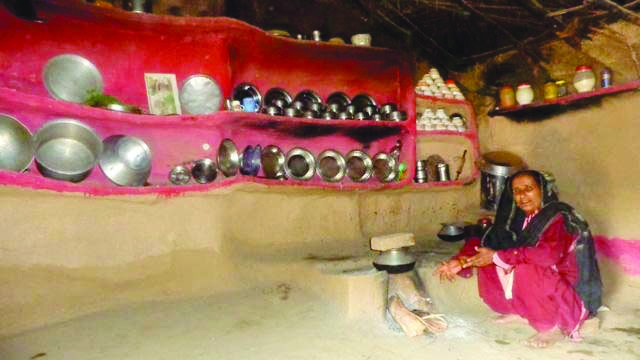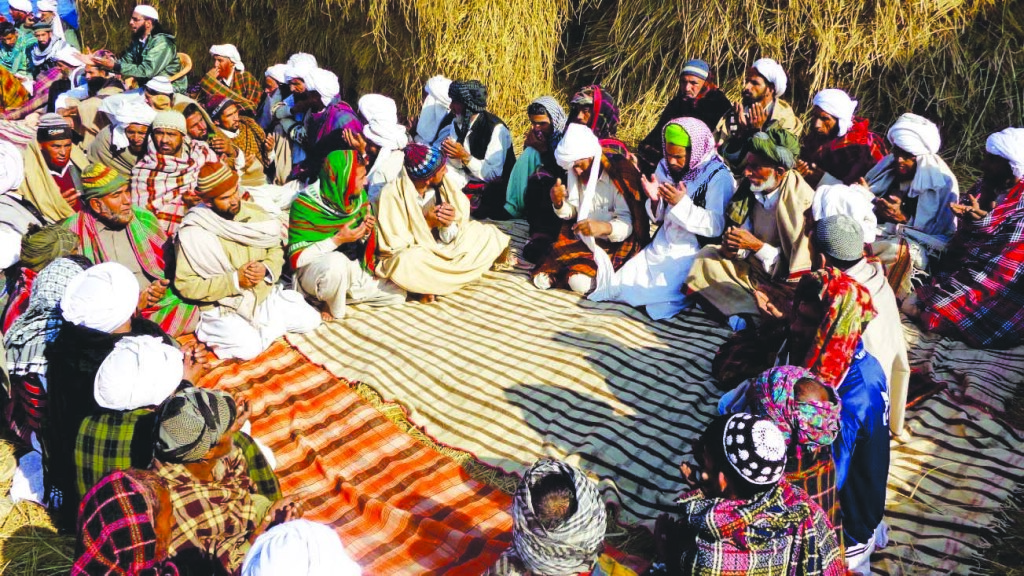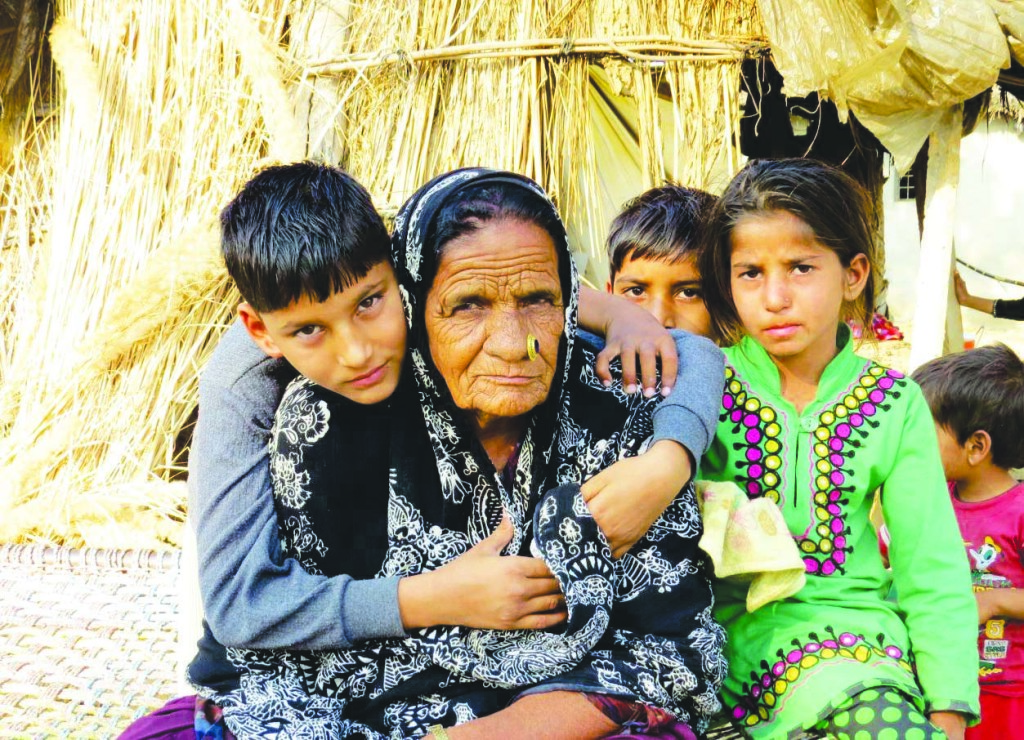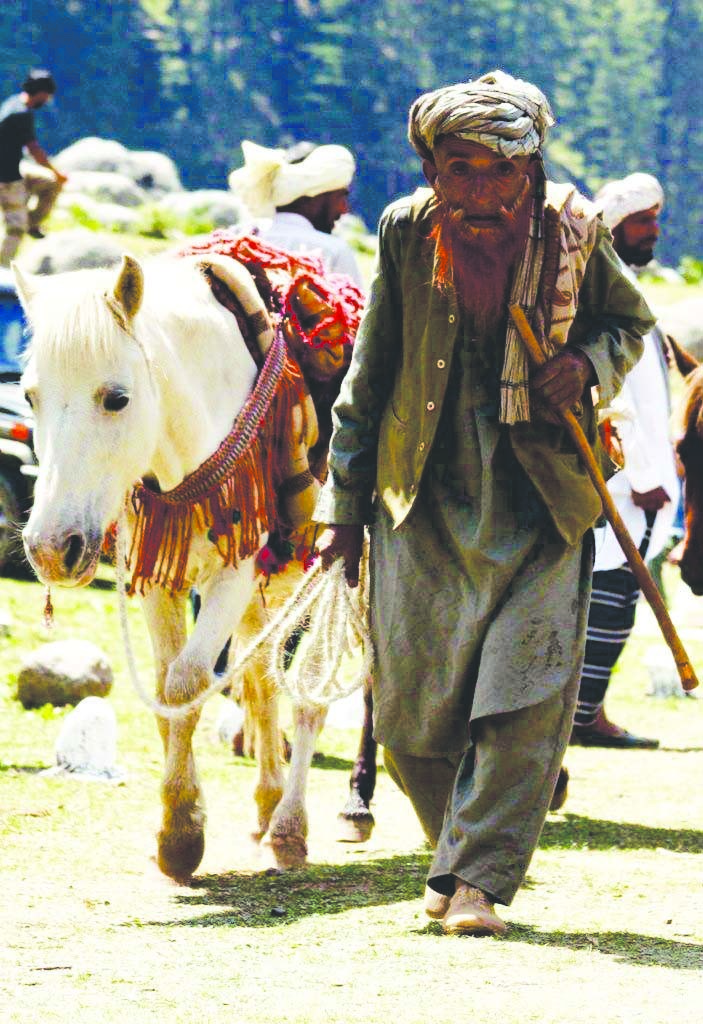Lifestyle of Sedentarised Nomadic Gujjars of Jammu Plains
The Project was initiated by the Jammu Chapter to document the Lifestyles of Gujjar Community with the aim to assess and understand the lifestyle, socio-economic status of Dodhi Gujjars of Jammu plains. The Gujjars are originally a nomadic pastoral tribe.
The dodhi Gujjars or Banhara Gujjars mainly rear buffaloes and migrate shorter distances of about 50 kms from their base. Their animals are bulky, requiring good quantity and quality of fodder and sufficient water. A few of them also supplement their income from agriculture and forestry. During the summer months, Dodhi Gujjars migrate to Jammu from the adjoining state of Punjab for grazing purposes.
They are exclusively engaged in milk production and rearing livestock. The economy of Gujjars depends on cattle rearing while a few are also involved in agricultural activities. Very few of them own cultivable lands. This study throws light on the importance of livestock in the lives of these tribal communities. They store milk everyday and then convert it into butter/ ghee, cheese, milk bread known as Kalaris and then sell this to many Halwais (Confectioners). The economy is totally dependent on milk products.
Gujjars are quite hospitable and well –cultured. Known widely for their nationalistic spirit, Gujjars follow their own kinship and tradition. Gujjars of Jammu plains have maintained their own culture and linguistic identity. The tribal community has an exquisite tribal way of dressing style for both men and women. They wear colorful turbans with a unique style of wraping which is a mark of the Gujjar community.
Traditional family practices of DERAS among Gujjar tribe
The Gujjar have divided themselves into three principal social kinship groups:
- The dera(household)
- Dada –Porte(Lineage), and the Gotra (clan)
- Kunmbha
The Gujjars of the entire state of jammu and Kashmir speak Gojri which is considered an Indo- Aryan language. Linguists have traced the origin and practice of Gojri language to the BC era. The language is closest to Dogri, Pahari, Punjabi and Haryanvi. The Gojri speaking people constitute the third largest linguistic group of Jammu and Kashmir after Kashmiri and Dogri speakers.
Gojri has as strong tradition of folk and oral-lore which includes folksongs, ballads, folk tales, proverbs, children’s literature etc. Taja, Noora, Meerian Dhandi, Bharisyoe, Noor Beguma, Munshi (Qanchi) are the top ballads of bravery and valour of Gujjars.
Bait is the most important Gojri Sufiyana music and is sung in beautiful vales, forests and meadows. Bait is simply vocal music with no instrument used. The Bait comprises of poetry based on love, ethos, mysticism and some glimpses of philosophy.
Gujjar community has been expert at embroidery which is quite evident from the embroidered Gabbahs, Namdahs or Maatu(mattress) or the embroidery on blankets. Crotchet work is done with wool; glass or plastic beads woven with thread as jewellery, and colourful threads worn with the religious Tabeez are amongst the many examples of the artistic expression of the Gujjjar Community.

















